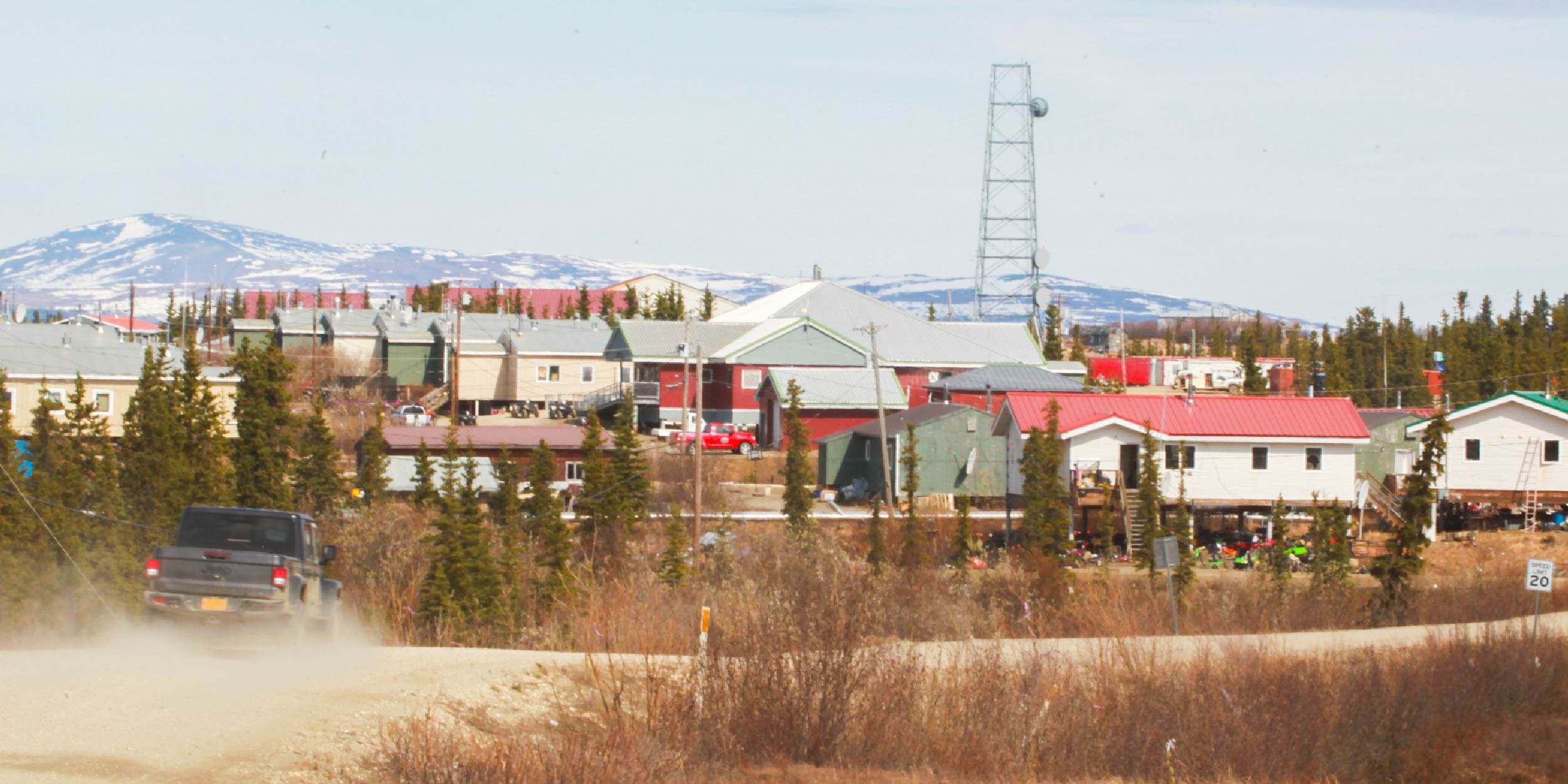Helping Teachers Feel Successful (and Stay) in Rural Alaska

Rural schools around the country are challenged in hiring and keeping high-quality teachers. Many things contribute to this reality: Teaching in a rural and/or remote community can mean being geographically isolated, having fewer resources and colleagues, dealing with the sense of being an “outsider,” or sometimes facing a lack of modern necessities that are often taken for granted.
This can be especially true in Alaska, where teacher turnover rates can reach as high as 85 percent a year in some places. Teachers can get discouraged, particularly if they are unprepared for living and working in rural communities where they often have multigrade, multiage classrooms with students and parents who are from a different culture than their own.
The Alaska Statewide Mentor Project (ASMP) is a joint effort of the University of Alaska and the Alaska Department of Education & Early Development to address the persistently low teacher retention rates in the state, especially in rural districts that predominantly serve Alaska Native students. At the request of the school district, the program provides an experienced Alaska teacher as a mentor to early career teachers who are in their first or second year of the profession. Mentors communicate weekly with their mentee via distance technology and visit monthly to observe classroom practice.
My colleague Ashley Woods and I recently conducted a study of “midcareer teachers”—those in their sixth or more year of teaching—who had gone through the mentor project. We wanted to see if the ASMP affects long-term retention and to identify contributing factors. The study, which involved interviewing a random sample of teachers still teaching in state, was recently published in an issue of the Peabody Journal of Education edited by Education Northwest.
We found that whether a teacher stays on the job has a lot to do with her sense of self-efficacy—feeling successful as a teacher—and with the ability to handle “stressors.” That encompasses being prepared by having realistic expectations about the day-to-day challenges of teaching and living in an Alaska Native and/or rural community and planning in advance how to cope with less access to resources, the high cost of food and fuel, and limited classroom space. Developing self-efficacy also relates to a having a sense of professionalism and coming equipped with creative strategies to manage a classroom, deliver instruction, or organize students for learning. Being able to socialize in the community and connect with others through hobbies, religious and cultural activities, and colleague relationships was another important factor. And, finally, self-efficacy was also influenced by being able to develop strong relationships with students, using their interests to connect to them on a personal and academic level.
In Alaska and other rural places, paying attention to the things that help new teachers develop a sense of self-efficacy can make a difference in retention efforts. Only by attracting and keeping teachers in our hard-to-serve schools can we help prepare all our students to be productive members of society in the 21st century.
Barbara Adams is an assistant professor at the University of Alaska Fairbanks School of Education, where she also serves as Interdisciplinary Program Liaison and is engaged in research on teacher retention. She also chairs the Education Northwest Board of Directors.



